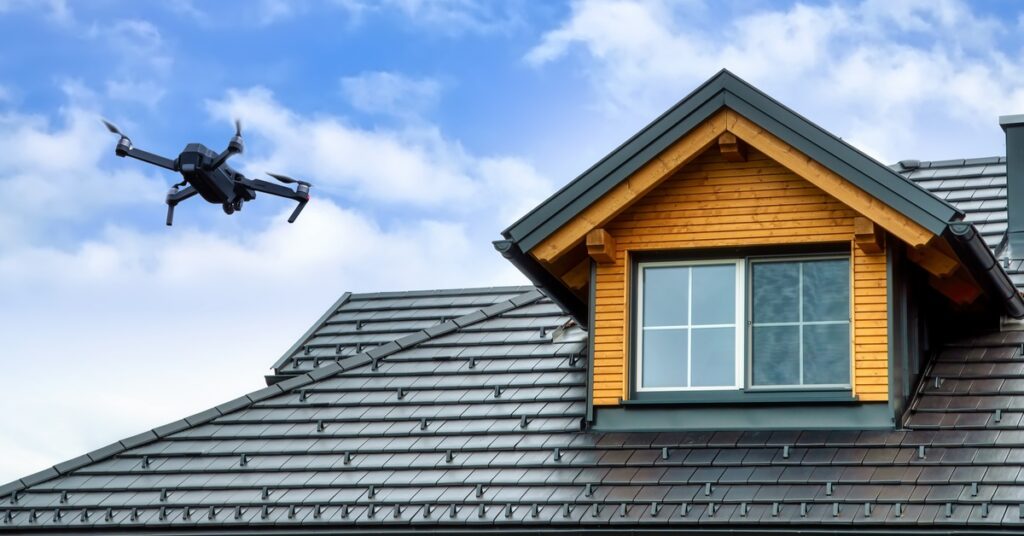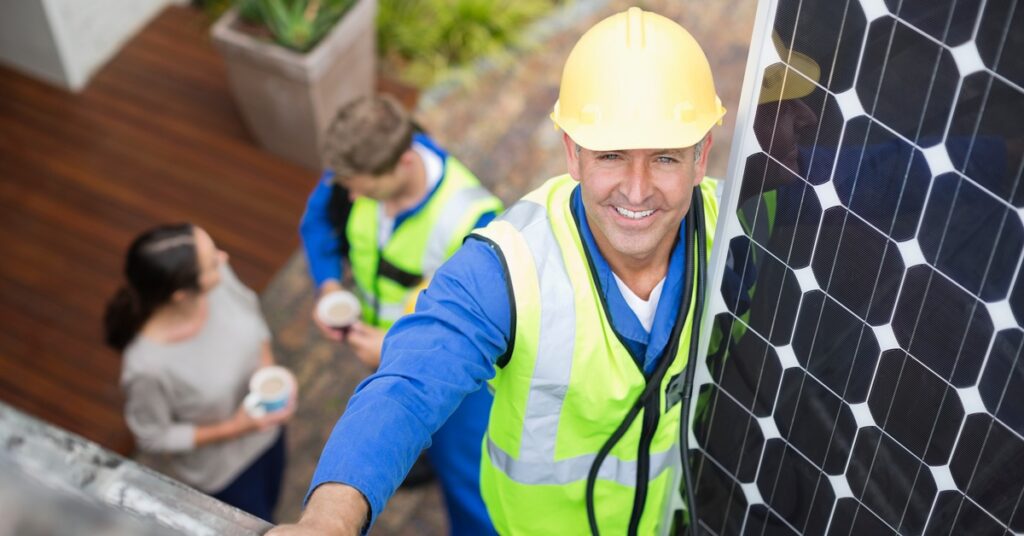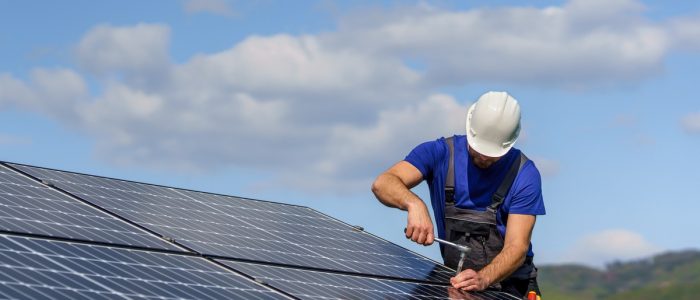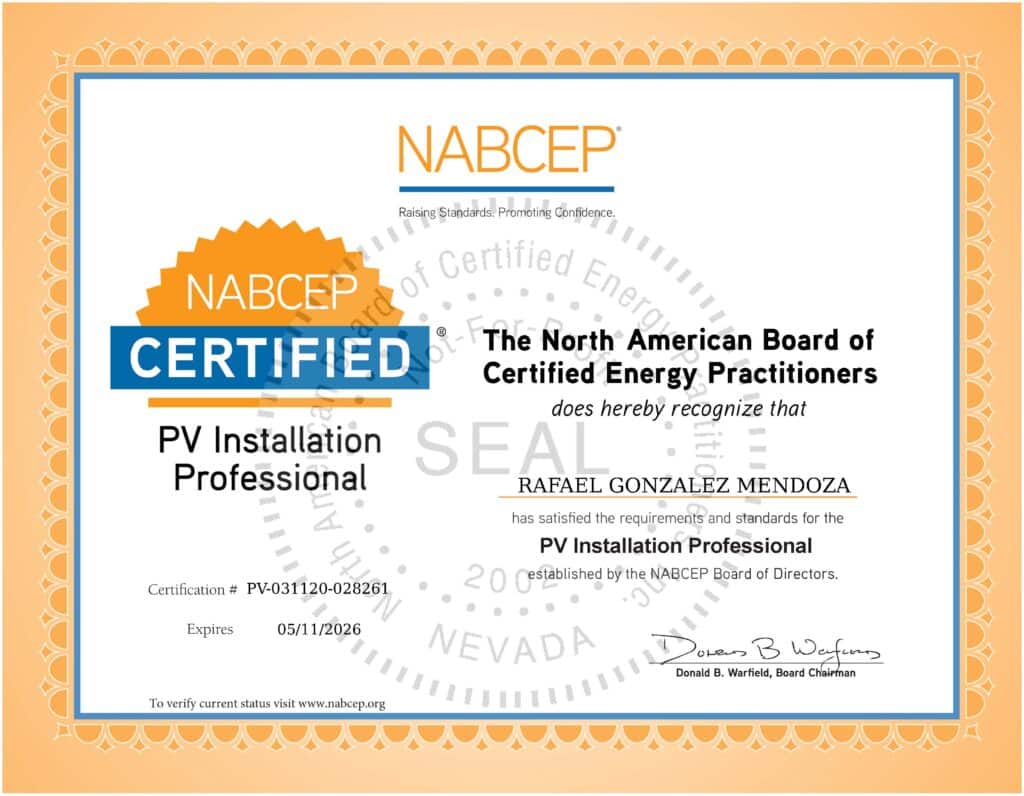The solar energy industry continues to experience monumental advancements that fundamentally transform the process for photovoltaic (PV) panel installation. Once a niche market with rudimentary methods, it is now a sophisticated process driven by cutting-edge technologies.
Today, advanced hardware components, digital solutions, and streamlined practices define the installation of solar panels. What was once a labor-intensive and time-constrained task has evolved into an efficient operation supported by automation and precision tools. PV panel installation has evolved with modern technology, ensuring a faster installation process with higher reliability and longevity of systems.
From Manual Processes to Automation
PV panel installation initially relied on manual labor and basic tools, often resulting in inaccuracies. The traditional methods required intensive planning, physical effort, and time-consuming layouts that limited scalability. These methods focused on meeting minimum functionality rather than achieving efficiency or durability across the entire system.
Modern technology utilizes automation to significantly reduce errors and installation time. Automated machinery and software tools now assist with exact measurements, layout designs, and grid alignment for maximum precision. These innovations ensure PV panel installation has unmatched accuracy and consistency.
Digital Design Tools and Planning Software
The integration of digital design tools has revolutionized the planning and execution of PV systems. Early installers relied on conventional blueprints and manual calculations, which often introduced human error and suboptimal configurations. This lack of precision made it challenging to tailor solutions specifically to each property.
Now, installers use advanced software to simulate designs, assess energy needs, and optimize system placement. This technology allows real-time adjustments, ensuring each system delivers peak performance. These tools empower contractors to provide sustainable and durable solutions for every installation project.
The Influence of Smart Technology on PV Installations
The rise of smart technologies has added a new dimension to PV panel systems that offers enhanced efficiency. Previously, the focus was on installing stand-alone panels that worked independently from broader frameworks. These systems worked reliably but offered minimal customization and adaptability.
Modern installations often incorporate smart tracking systems and IoT-based monitoring solutions for automation. These innovations help optimize energy production by adjusting angles and tracking sunlight patterns throughout the day. This technological leap drastically enhanced the performance and adaptability of PV installations.
The Role of Drones in Site Inspections

Site inspections for PV panel installation used to involve manual surveys that took hours or days to complete. This dependency on physical evaluations hindered the speed and precision of the planning phase, delaying project execution. Teams often struggled to adequately assess site-specific challenges with space, shading, and roof angles.
With drones now mainstream in the industry, site inspections are quicker and more comprehensive. Equipped with cameras and mapping software, drones analyze rooftops and landscapes with extreme detail. These advancements allow installers to create precise solutions that maximize the energy potential of PV systems.
Improvements in Mounting Systems and Hardware
Mounting systems for PV panels have undergone major improvements thanks to advanced materials and designs. Conventional installations used heavy, limited hardware that restricted flexibility and caused challenges during installation or maintenance tasks. These mounting systems were also vulnerable to weather damage over time.
Contemporary mounting solutions feature lightweight materials and modular designs that enhance durability and adaptability. These systems are easy to install, adjust, and maintain, ensuring superior performance over their lifespan. Such advancements reduce overall costs while improving the sustainability of PV panel setups.
Enhanced Safety Protocols During Installation
Safety standards for PV installation have significantly evolved to address previous risks and uncertainties. Initial setups exposed workers to electrical hazards due to insufficient safety measures. Also, improper installation methods sometimes led to structural damage or energy inefficiency.
With modern safety equipment and training systems, today’s PV panel installations are significantly safer and adhere to stricter regulations. Technological innovations ensure workers can operate confidently, minimizing risks while adhering to industry standards. This enhances worker security while reassuring customers of reliable and safe solutions.
Advanced Post-Installation Monitoring Systems
Early PV panels could not provide detailed, ongoing performance data to property owners or operators. Installers would often install systems without offering insights into energy production, resulting in poor operational transparency. These challenges left many users unable to understand or optimize system output.
Modern technology allows users to monitor energy production and system health in real-time via smart apps. Advanced monitoring systems provide actionable data to reduce downtime and extend the lifespan of PV panels. This transparency builds trust between users and installers and establishes long-term satisfaction.
Public Awareness and Accessibility of Professional Services

Public access and awareness of PV systems have grown exponentially alongside the industry itself. Early adopters were often confused by the lack of accessible resources or professional services. Without proper guidance, many potential users would refrain from investing in renewable energy systems.
Today, working with professional PV panel installation services is the best solution to maximize a household or commercial building’s efficiency and performance. Experts combine technical expertise with modern tools to simplify the process for consumers. Their involvement ensures seamless system installation while addressing diverse energy needs.
Innovations in Energy Storage Integration
Energy storage was once a significant limitation for PV systems, as it required bulky batteries with limited capacity. The mismatch between solar energy production and usage patterns created inefficiencies that hindered adoption. Without integrated storage, excess energy generated by solar panels often went to waste.
Another evolution of PV panel installation with modern technology involves the integration of advanced batteries and energy storage systems. Modern setups allow users to store surplus energy efficiently, providing reliable access to power at night. These advancements make PV systems more practical and reliable for diverse energy needs.
Government Policies Supporting Technological Growth
Government regulations and policies have played a major role in shaping the evolution of PV technologies. The absence of supportive frameworks limited the implementation and growth of solar energy systems. Outdated codes often failed to recognize the potential of sustainable energy solutions.
Modern governments actively promote solar energy through grants, incentives, and research investments. These measures encourage innovation in PV installation technologies, making them more affordable and accessible. The continuing support of regulatory frameworks helps drive widespread adoption of effective and reliable PV solutions.
The evolution of photovoltaic panel installation has been driven by advancements in modern technology and supported by progressive policies and economic incentives. Technological breakthroughs have revolutionized PV panel efficiency, durability, and scalability, allowing for better energy conversion rates and longer lifespans. Modern PV panel installation exemplifies how technology, policy, and societal values can converge to build a cleaner and more sustainable future.


